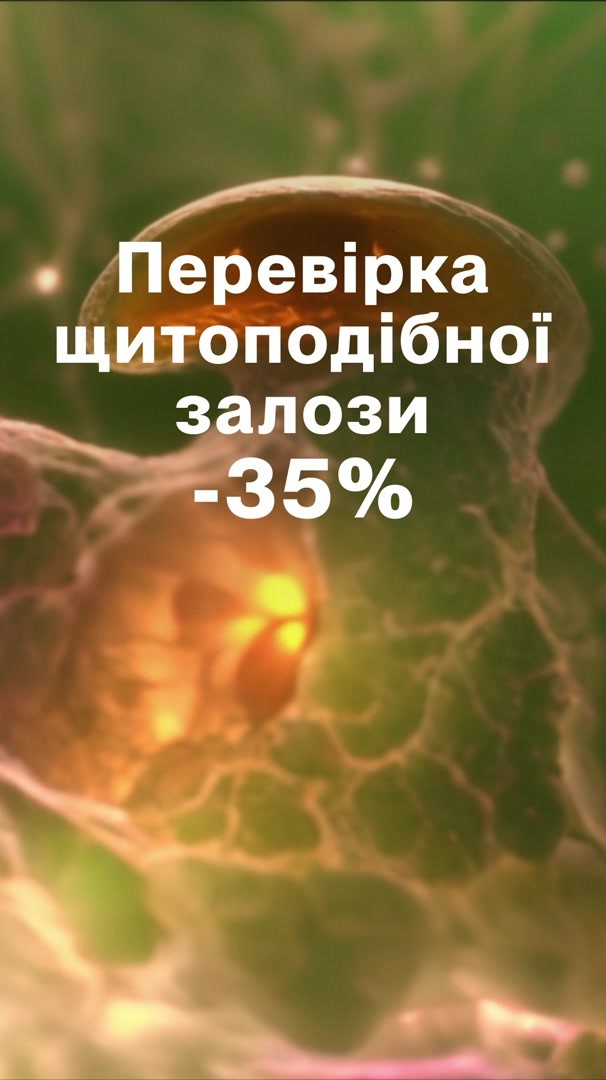Cannes Lions
Esculab
BICKERSTAFF.734, Kyiv / ESCULAB / 2024



Overview
Entries
Credits
OVERVIEW
Background
Esculab, reputable medical laboratory, facing evolving market dynamics, where your capability to correspond to the context and produce a lot of mesmerizing content directly influences profitability.
The brief was to redefine brand identity and assert its relevance in the modern healthcare landscape.
Objectives: transform the perception of medical analyses, emphasize their importance; and engage audiences in a meaningful dialogue.
With a modest yet strategic budget – 20k dollars, we set out to maximize impact while ensuring efficient resource allocation. It included the creation of a design system, tutorials to use AI, created graphic templates for the in-house Esculab team, digital content - 80 items, and supervising of an in-house team. We also implemented unique AI-based workflow into our campaign, which saved more than 1,840 hours of work, in terms of production.
It was 360-degree campaign across various media platforms, offering a cohesive brand experience from captivating visuals to thought-provoking content.
Idea
The target audience of medical analysis is as wide as potential reasons for medical conditions. So we decided to target those who want to know more about themselves.
The main idea of the campaign is to show that medical analyses can be a great tool for self-exploration, by showing connections and countering uncertainty.
Counter uncertainty.
For people who seek at least some clarity in this complex world, Esculab provides an opportunity to understand what affects their lives more: stars or vitamins? Tarot or hormones? Cortisol or charged crystals? Esoteric reasons or medical ones?
Show connections.
Esculab medical laboratory became a window between micro and macro worlds human bodies live in. Firstly, utilising AI we create “micro” versions for all the visuals we use, placing them inside Esculab logo-shaped lens. Secondly, through procedurally generated geometric pattern we link macro and micro worlds together and show how they
Execution
Utilizing AI, we create “micro” versions for all the visuals we use, placing them inside Esculab logo-shaped lenses. Real-world objects are turned into cells, tissues, and bacteria, while overall forms and shapes remain the same, allowing photos to align perfectly.
Through procedurally generated geometric pattern, we link macro and micro worlds and show how they influence one another. Words like “adrenalin” or “metabolism” are placed over the macro world.
Design touchpoints:
OOH
Digital Banners
SMM materials
Merch
Design development and process: We experimented with different AI IMG-to-img models and created a unique new workflow utilizing Stable Diffusion and TouchDesigner, which in terms of production saved us 1,840 hours (over 2 months) in the first month alone.
Choice of campaign elements:
Real-world photos with objects and people + AI-generatives with cells, tissues, bacteria, and microelements aligned with each other.
Our approach: maximize content quantity, maintain content quality, minimize content production costs.
Outcome
We managed to get 9.36 million impressions, of which 2.5 million were organic (PR + content) due to creative solutions. This increased the overall awareness by 5 percentage points and spontaneous awareness by 7.
Overall awareness from 25% to 30%
Spontaneous awareness from 12% to 19%
From the consumption indicators, we see an increase in direct inquiries (not through a doctor). This may indicate a shift in the perception of analyses as a separate product from medical services.
Utilizing AI technology, we revolutionized the rebranding process for Esculab, making it faster and more efficient than ever before. With tools like Stable Diffusion and TouchDesigner, we streamlined our workflow and produced over 80 design elements in a fraction of the usual time. Implementing this AI system saved us 1840 hours of work.